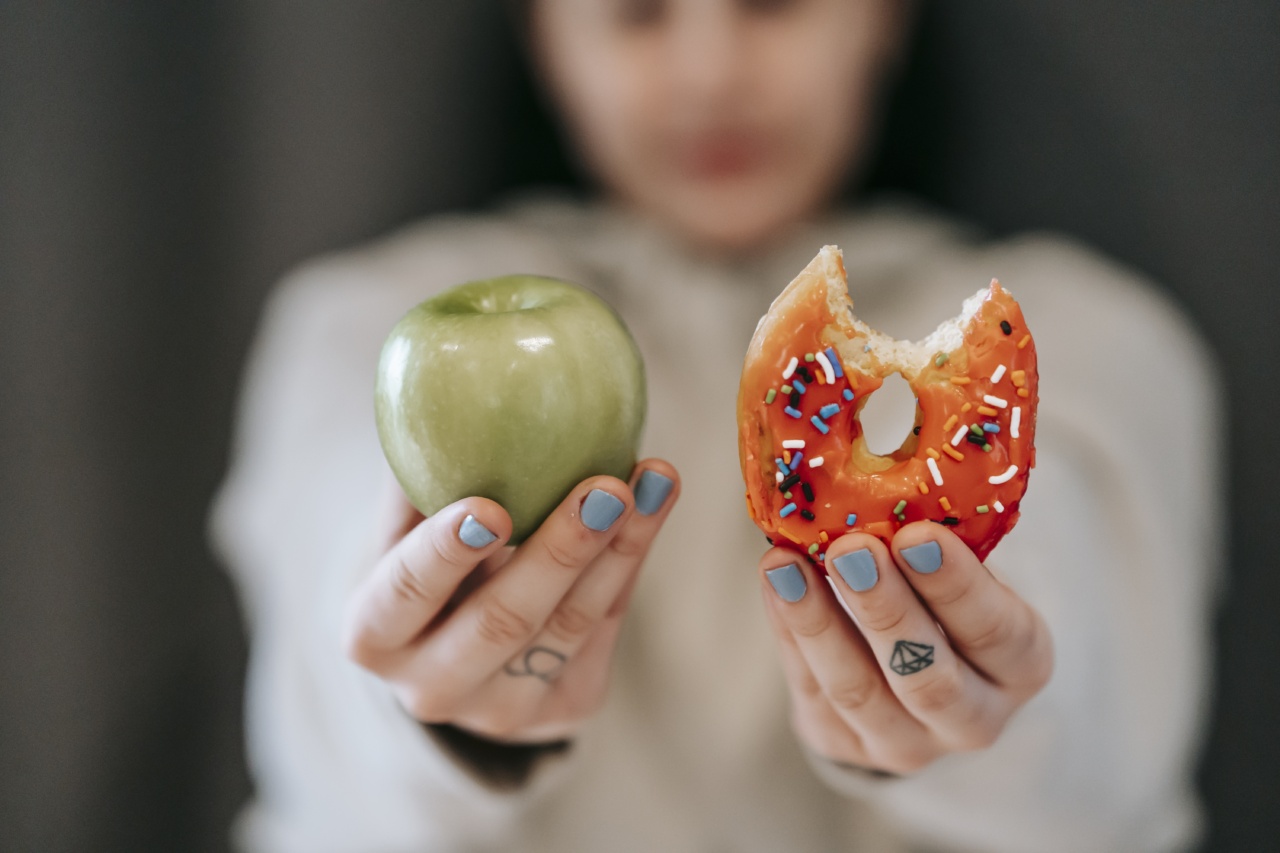As a dog owner, one of the questions that often arise is whether it is safe and beneficial to allow your furry friend to eat fruits.
Many dog owners are aware that some fruits can be toxic to dogs, while others are unsure about which fruits are safe to offer as treats. In this article, we will explore the topic of allowing dogs to eat fruit, their potential benefits, and the precautions to take to ensure their well-being.
Heading 2
The Benefits of Fruit for Dogs.
One of the main benefits of including fruits in your dog’s diet is the added nutritional value. Fruits are rich in essential vitamins and minerals that can contribute to your dog’s overall health.
For example, bananas are an excellent source of potassium, which is essential for maintaining healthy heart and muscle function. Apples are packed with vitamin C, which boosts the immune system, and blueberries are rich in antioxidants that help fight inflammation and cell damage.
Another advantage of fruits is their natural sweetness. Dogs have taste buds that can detect sweet flavors, so offering them fruit as a treat can be a healthier alternative to sugary snacks.
Fruit can satisfy their craving for something sweet while avoiding the negative effects of excessive sugar consumption.
Heading 3
Fruits Safe for Dogs.
While fruits contain various health benefits, not all fruits are safe for dogs to consume. Some fruits, such as grapes and raisins, can be toxic and cause kidney failure in dogs.
It is crucial to be aware of which fruits are safe to offer to your furry friend. Here are some fruits that are generally safe for dogs:.
Heading 4
1. Apples.
Apples are a popular choice among dog owners due to their crunchy texture and natural sweetness. They are a rich source of vitamins A and C, as well as dietary fiber.
However, it’s important to remove the apple seeds and core, as they can be a choking hazard and contain traces of cyanide.
Heading 4
2. Blueberries.
Blueberries are packed with antioxidants that promote a healthy immune system and reduce the risk of chronic diseases. They are low in calories and high in fiber, making them an excellent choice for dogs who need to manage their weight.
However, make sure to offer them in moderation, as excessive consumption can lead to digestive issues.
Heading 4
3. Watermelon.
Watermelon is a hydrating and refreshing fruit that can be a great treat for dogs, especially during hot summer days. It is low in calories and high in vitamins A and C, as well as lycopene, which supports heart and eye health.
Remember to remove the seeds and rind before feeding it to your dog.
Heading 4
4. Bananas.
Bananas are an excellent source of potassium, dietary fiber, and essential vitamins. They are easy to digest and can help regulate bowel movements.
It’s best to offer bananas in moderation, as they are high in natural sugars, which can lead to weight gain if consumed excessively.
Heading 4
5. Strawberries.
Strawberries are a delicious and nutritious treat for dogs. They are rich in antioxidants, vitamins C and E, and dietary fiber.
However, as with any fruit, it’s important to feed them in moderation, as excessive consumption can lead to digestive upset.
Heading 4
6. Pineapple.
Pineapple contains bromelain, an enzyme that aids digestion and can alleviate symptoms of gastrointestinal disorders in dogs. It is also a great source of vitamins A, C, and B6.
However, pineapples should be fed in moderation due to their high sugar content.
Heading 4
7. Oranges.
Oranges provide a good amount of vitamin C, folate, and potassium. However, it’s essential to remove the seeds and peel before offering them to your dog. Oranges are acidic and can cause gastrointestinal upset if consumed in large quantities.
Heading 3
Precautions to Take.
While certain fruits are generally safe for dogs, it’s important to take precautions to ensure your furry friend’s well-being:.
Heading 4
1. Remove Seeds and Pits.
Many fruits contain seeds or pits that can pose a choking hazard or cause digestive issues. Before offering fruits to your dog, make sure to remove all seeds, pits, and cores.
Heading 4
2. Introduce Fruits Gradually.
When introducing fruits to your dog’s diet, start with small quantities and observe their reaction. Some dogs may develop digestive upset or allergies to certain fruits.
If you notice any adverse reactions, discontinue offering that particular fruit.
Heading 4
3. Moderation is Key.
While fruits can be a healthy addition to your dog’s diet, moderation is crucial. Too much fruit can cause digestive issues, such as diarrhea or upset stomach, due to its high fiber and sugar content.
Treat fruits as occasional snacks rather than a significant portion of their daily meals.
Heading 4
4. Organic and Washed.
When offering fruits to your dog, opt for organic options whenever possible to minimize the risk of pesticide exposure. Additionally, thoroughly wash all fruits to remove any potential residue or harmful bacteria that may be present on the skin.
Heading 3
Conclusion.
Allowing your dog to eat certain fruits can provide them with additional nutrients and act as a healthier alternative to sugary snacks. However, not all fruits are safe for dogs, and precautionary measures must be taken to ensure their well-being.
Always research which fruits are safe and suitable for your dog’s consumption, and introduce them gradually into their diet. Remember, moderation is key, and it’s best to consult with your veterinarian if you have any concerns or doubts.





























